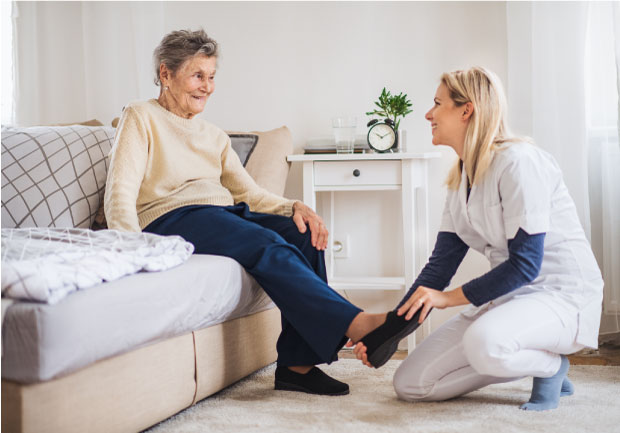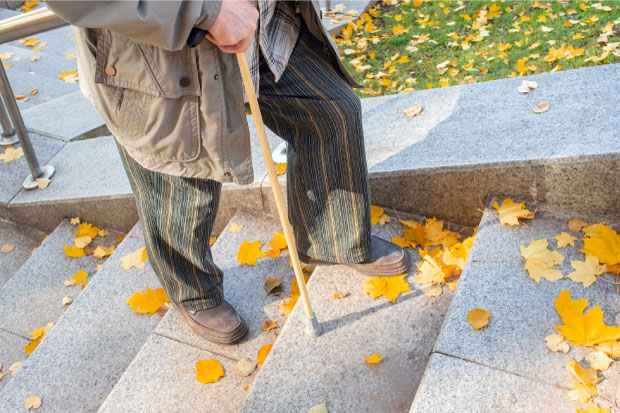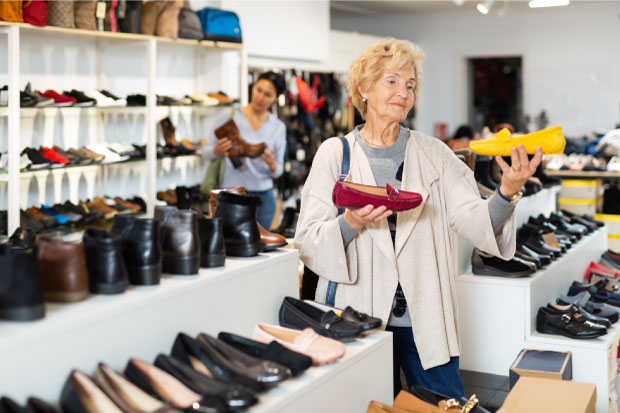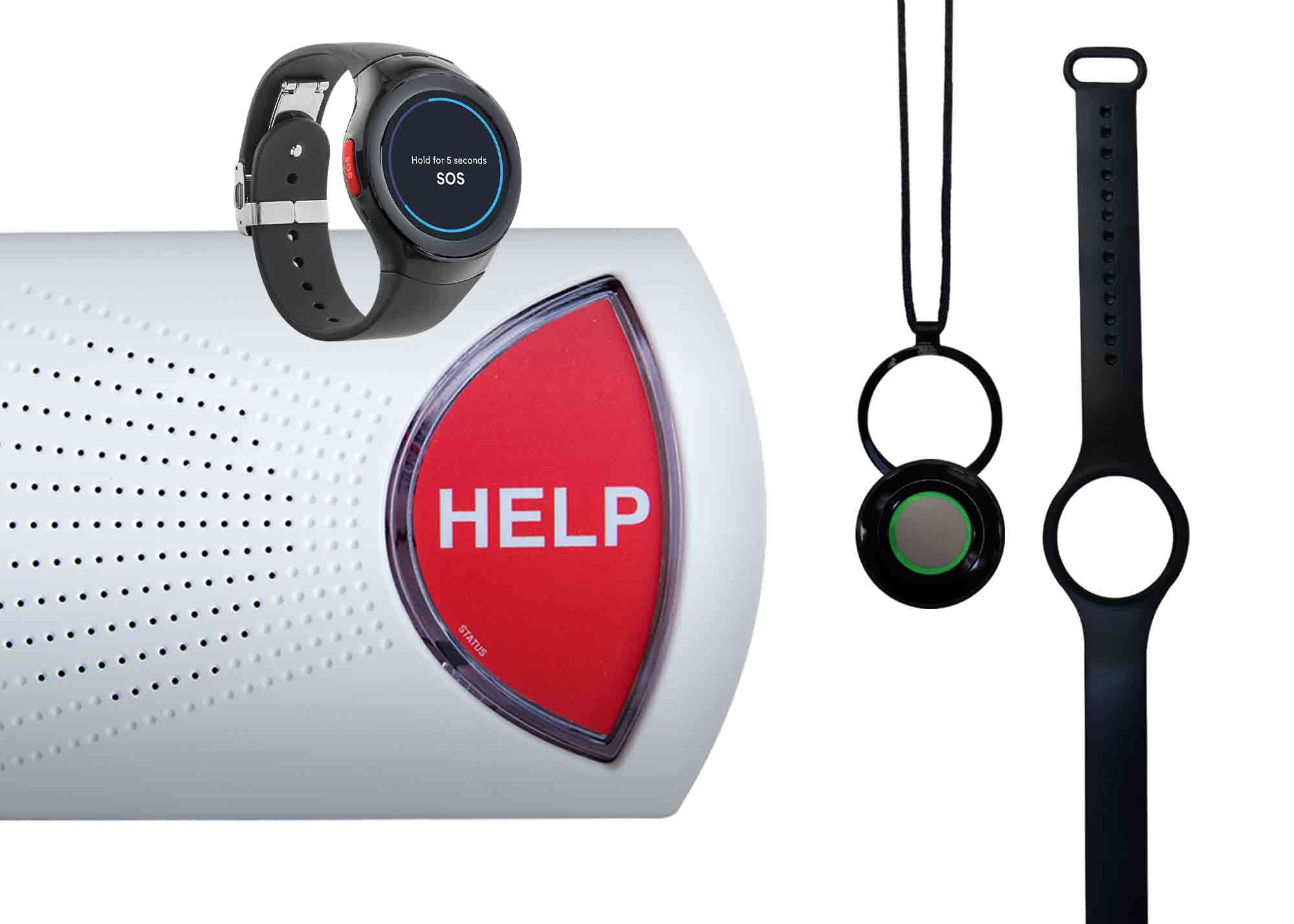Choosing the Right Shoe for Your Lifestyle
January 23, 2024
Choosing the Right Shoe for Your Lifestyle
The right shoe does more than just complete your outfit. The right shoe can improve your confidence, enhance independence, boost mobility, and keep you free from additional aches and pains. If the right shoe can bring so many benefits, why aren’t more seniors intentionally shopping for the best footwear for them? Because it can be confusing and complicated.
Here’s how to start your journey to finding the best shoe for you, based on your preferences, abilities, and challenges.
Step 1: Speak with Your Physician
Not every senior will benefit from the same shoe. In fact, as we age, our shoe choices become even more individualized so that we create the best experience for ourselves. To begin your process, ensure you understand if you have any recommendations from your primary care physician or podiatrist.
Your physician or specialist will be able to tell you specific things to look for in a shoe based on any chronic or acute medical conditions you might have, such as plantar fasciitis or poor balance. They might also have specific brands they recommend that feature a larger toe box or wider fit, based on your needs. This is great, as it automatically narrows down your choices, making your decision process even easier.
Step 2: Choose Your Activity
Now that you have spoken with your physician, you can determine when you will be wearing your new shoes and for what type of activity. Are you going to start walking more around the neighborhood? You’ll want to look for a stable walking shoe. Looking to hit the trails around your town? A stable hiking shoe with more traction might be your best bet.
However, not everyone is looking to buy a new shoe to get active. You might also be looking for a shoe to wear to your granddaughter’s wedding that will be comfortable from pre-ceremony pictures to post-ceremony cake. You might be looking for a shoe that you can wear for your everyday errands or to wear in the house to improve your balance. Did you know that the Centers for Disease Control and Prevention recommend wearing shoes in the home for better stability and balance to prevent falls? Choose to wear a pair you reserve for wearing only in the home to cut down on bringing dirt or other germs from the outside into your house.
Make sure you know why you are buying the shoes and what situations you will be wearing them in. This will help you to narrow down your choices even further.
Step 3: Evaluate Your Challenges
Your physician already helped you identify medical challenges or conditions that might affect your shoe choice, but there are other personal challenges that you should still understand. For example, do you feel unsteady with gravel paths beneath your feet? Or, do you feel unsteady when you walk on your kitchen’s tile floor? Both of these situations would be good to know when you begin shopping for your next pair of shoes.
Take time to note when you feel anxious while walking around your home, neighborhood, or while out running errands. Do you slow down at a particular place because you feel unsteady? Do you wish you had more traction in certain areas?
You can also take note of any falls or slips you’ve had in the past year. For example, you might want a shoe with more ankle support if that helps you feel stable, or another that is closer to the floor, without a lot of extra cushion. These notes are important in helping you customize your shoe selection to make you feel your best, most comfortable, and safest.
Step 4: Compare and Contrast Your Options
Now that you understand what type of shoe you are looking for, or what function the shoe will serve, you can begin to compare and contrast your options. Try starting this process online instead of in-store. This way, you can take as long as you need without feeling rushed and can spread the process out over a few days. While you can’t try on the shoes online, you can begin to compare and contrast pricing and special features so that when you do go to the store, you can know which pairs you want to start with for your try-on.
Starting online can also allow you to send links to family members or friends who can take a look as well. They might have a good opinion to share with you, especially if they know what you are struggling with. You might also share links to shoes with your physical therapist at your next appointment; they will be able to assess your choices and offer feedback on how the shoe pertains to balance, mobility, and stability.
Looking for a great place to start with your online comparison? Our guide gives a wonderful starting point for anyone looking to begin the process.
Step 5: Make a Choice Based on Function
Now you’re ready to head to the store and try on some of the options you found online. During your time there, try to stick to choosing a shoe based on function and how it feels, not necessarily on fashion. While it is true that orthopedic and other senior-focused shoes have come such a long way in the past years, you might still be drawn to a certain color scheme. Remember that your foot health, balance, and mobility are more important than a specific color, and make your decision accordingly.
Step 6: Notice What Your Body Is Telling You
Once you have purchased your shoes, it’s time to pay close attention to what your body is telling you as you begin to wear them. Note if you have any foot pain, leg pain, or lower back pain once you begin wearing your shoes. This could indicate that the shoe isn’t fitting properly and you might want to consider a return.
The right shoes can significantly improve overall health and wellness. Be sure you are choosing your next pair wisely!




